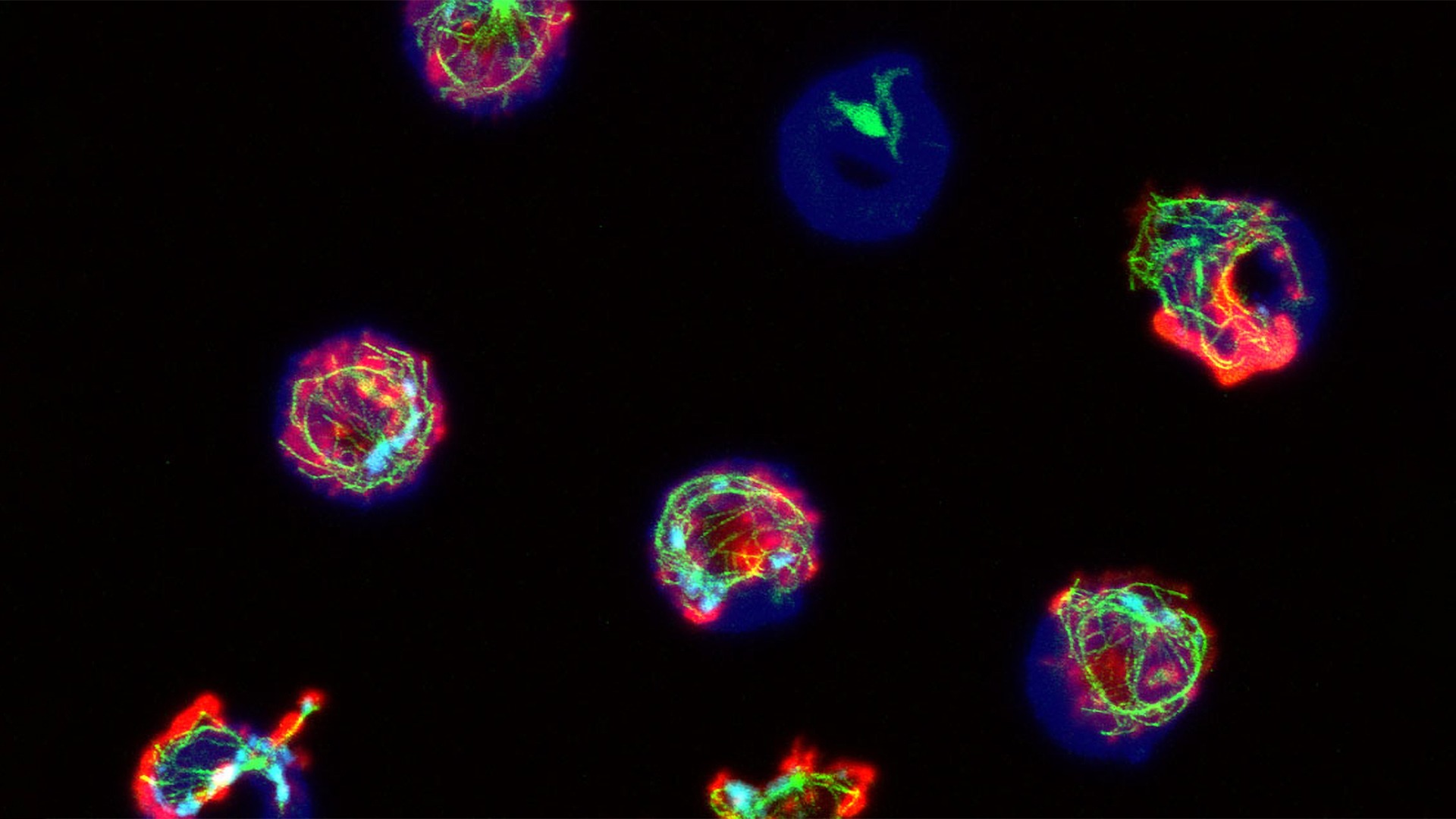How sick cells can deceive the immune system
In a recent study, led by SciLifeLab researcher Björn Önfelt (KTH), researchers have investigated the process in which natural killer cells (NK) and cytotoxic T cells recognize and eliminate infected cells or tumor cells. The results have provided new clues about how sick cells avoid getting detected and killed by deceiving our immune system, which potentially could be used to design new drugs.
“By Using high-resolution fluorescence microscopy, we have studied how individual NK cells respond differently to tumor cell-like stimuli. This kind of research can help us understand how sick cells escape detection by the immune system”, says first author, Quentin Verron (SciLifeLab/KTH), in a press release from KTH.
NK and T Cells recognize and subsequently kill sick cells by a so-called immunological synapse, a tight contact surface between immune and target cells. The synapse collects surface receptors, signaling molecules and the machinery that the immune cells use to kill the target cell. Inside the synapse, proteins are organized in specific patterns and even though researchers have studied this phenomena for over 20 years, the exact reason is still not clear.
“We have studied the process in which NK cells recognize these patterns. An artificial system based on the “Microcontact printing” method has made it possible to create patterns of target cell proteins on a glass surfaces. In turn, this has enabled us to study the reaction of NK cells, ie recognition, synapse binding and killing, says Björn Önfelt.
The results from the study, published in Science Signaling, show, among other things, that the last step of the process, the killing itself, can be halted by one of the patterns observed, a donut-shaped pattern. This suggests that certain sick cells might reorganize their proteins during synapse formation in order to escape death. The question is, why would sick cells try to avoid detection?
“Disease arises because the cells manage to avoid detection in the first place. Of course, there are a variety of reasons and mechanisms for this, but the typical reason is that the immune cells lack the necessary receptors to detect the sick cells. The new results suggest that sick cells could escape even though they carry the surface proteins that normally activate the immune system”, Says Björn Önfelt.
Photo: Microscopy image from the study. A similar image also ended up on the cover of Science Signaling.





